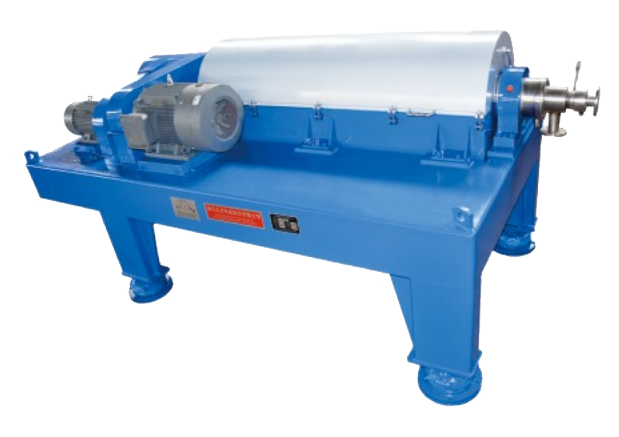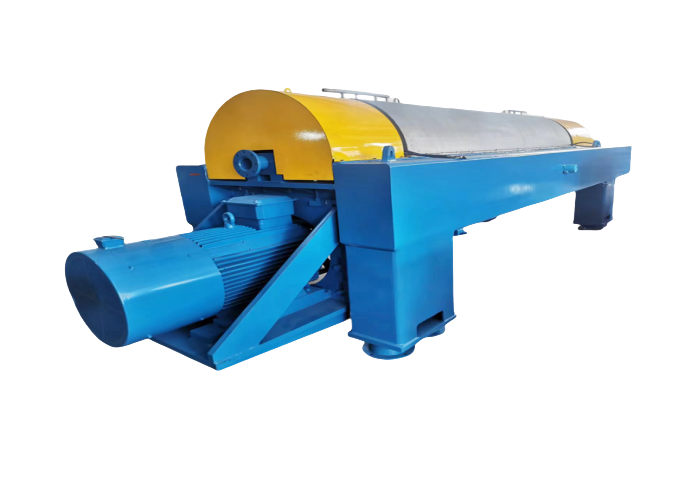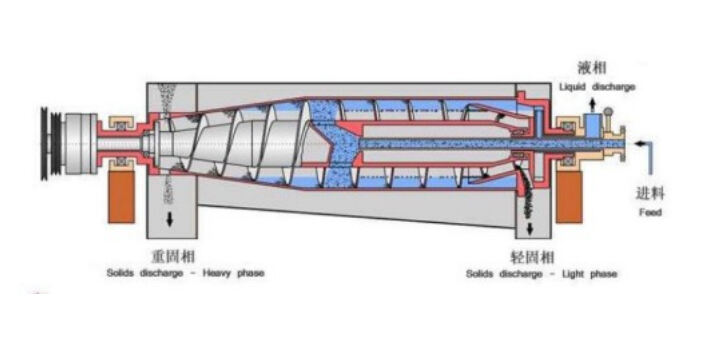tailing dewatering tricanter centrifuge
The tailing dewatering tricanter centrifuge represents a cutting-edge solution in solid-liquid separation technology, specifically engineered for handling mining tailings and industrial waste streams. This advanced system utilizes centrifugal force to simultaneously separate three phases: solids, heavy liquid, and light liquid. Operating through a horizontal design, the tricanter features a cylindrical-conical bowl that rotates at high speeds, creating powerful centrifugal forces that can exceed 3000 G. The device processes incoming slurry through its innovative three-phase separation mechanism, where the heaviest particles are forced to the bowl wall, while lighter liquids form distinct layers based on their specific gravity. The separated solids are continuously discharged via an auger conveyor, while the two liquid phases exit through separate discharge ports. This technology achieves exceptional separation efficiency, with the capability to handle feed concentrations ranging from 5% to 45% solids by weight. The system's automated control mechanisms ensure optimal performance by adjusting key parameters such as bowl speed, differential speed, and pool depth in real-time, making it particularly valuable for mining operations seeking to maximize water recovery and minimize environmental impact.


